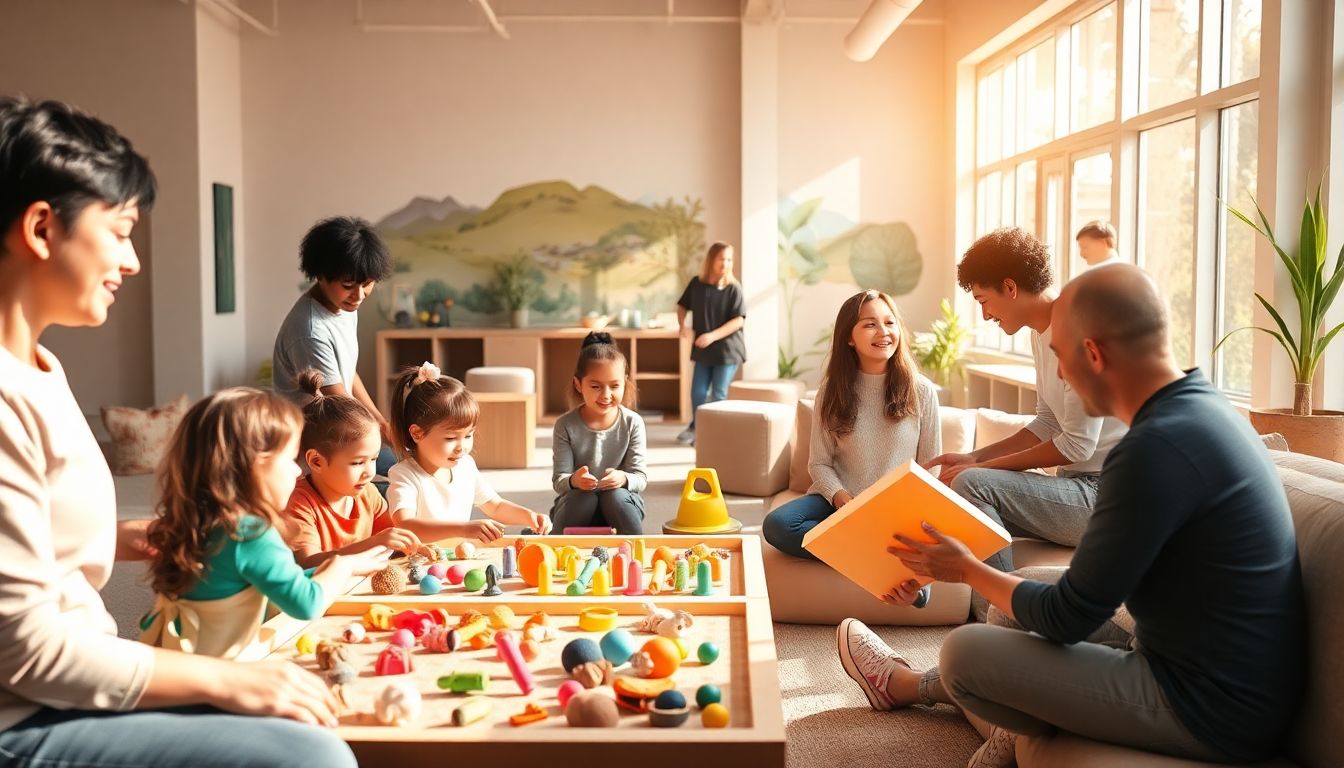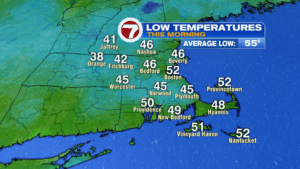For nearly a century, Fraser, a Minneapolis-based nonprofit, has championed support for people with autism, mental health challenges, and disabilities. In recent years, Fraser has broadened its focus to a growing need: helping businesses and public spaces better accommodate individuals with sensory-processing challenges.
Bright lights, loud noises, crowded areas — things that most people don’t give a second thought about — are overwhelming for individuals with sensory-processing differences. Activities like getting a haircut, visiting a museum, or attending a sporting event can become painful or impossible.
That’s where Fraser comes in.
Responding to a Growing Need
What began as a series of one-off requests — from hair salons, arts groups, and dental clinics — has evolved into a statewide movement. Those businesses had requested guidance on how to welcome customers with sensory sensitivities, and Fraser answered. Now that work has been organized into Sensory-Friendly Minnesota, an entity with a mission to create what Fraser calls “10,000 Ways to Belong.”
The name is a nod to Minnesota’s fabled 10,000 lakes — and a wish to create 10,000 solid pathways to inclusion across the state.
Inclusive Spaces, One Business at a Time
Led by Gina Brady, Fraser’s Sensory Supports and Training Program Manager, the program provides personalized training, consultation, and sensory-friendly kits to businesses and organizations willing to make their spaces more inclusive.
“Part of our work is training staff on what sensory issues look like,” Brady said. “They’re not always apparent. The customer may become agitated, avoid eye contact, or even shut down completely — and without context, that can be confusing for service providers.”
Fraser begins each partnership with an on-site assessment of environmental stimuli like noise, lighting, and layout. From there, they develop a customized plan — from staff training to sensory space design and reviewing digital content for greater accessibility.
For organizations with fewer resources, Fraser suggests small, low-cost steps, such as:
- Posting visual guides or video tours online to prepare visitors
- Offering social media hints for what to expect on visits
“We know not every organization can redesign their building,” Brady said. “But even small changes make a difference.”
Certification and Directory of Inclusive Spaces
Fraser offers three tiers of access. The most intense is Fraser Sensory Certified, which requires extensive training and consultation up to six months. Certified businesses are listed in a statewide directory, helping individuals find welcoming, inclusive environments.
“This makes businesses feel more comfortable and lets the community know that they’ve made an effort to be inclusive.”
Sensory Kits: A Lifeline in Loud Spaces
Fraser also distributes sensory kits — backpacks filled with tools like noise-canceling headphones, visual cue cards, and tactile toys. These help individuals self-regulate when overwhelmed.
At Minnesota United soccer games, fans can borrow sensory kits from guest services — a partnership now in its fourth year. Team staff even helped assemble the kits to learn about their use and impact.
“We don’t want these kits to be used incidentally — not handed out like promotional materials,” Brady emphasized. “They’re a valuable tool.”
Designing Calmer Spaces in Active Places
In addition to individual consultations, Fraser has led larger-scale projects, including sensory rooms at MSP Airport and a sensory building at the Minnesota State Fair — an air-conditioned, quiet retreat open daily during the fair and staffed by trained personnel.
Fraser also helped the fair develop a visitor tip sheet and implement sensory-friendly hours to reduce stimulation for all attendees.
A Widespread Challenge
As many as 1 in 3 people experience sensory-processing issues, often related to autism, ADHD, anxiety, trauma, or dementia. And the number is growing.
“The pandemic changed us,” she said. “People became more isolated, and now, returning to loud, busy places can be intimidating. Add to that the way hyper public events are now — more lights, more sound — and for people with sensitivities, it’s a genuine barrier.”
Brady explained that sensory overload builds gradually:
“Your heart starts racing, your body gets tense, and you just want to escape. A quick break in a quiet calm area can make all the difference.”
Looking Ahead: Belonging for All
With Sensory-Friendly Minnesota, Fraser envisions a statewide web of inclusive spaces — and a broader shift in understanding of sensory needs.
“This is about more than checklists and toolkits,” Brady continued.




